Saint John Basilica was a basilica in Ephesus. It was constructed by Justinian I in the 6th century. It stands over the believed burial site of John the Apostle. It was modeled after the now lost Church of the Holy Apostles in Constantinople.
Saint John Basilica is on the slopes of Ayasuluk Hill, right next to the İsa Bey Mosque, just below the fortress near the center of Selçuk, Izmir Province, Turkey and about 3.5 km (2.2 mi) from Ephesus.
History
Justinian’s Church
Little is known about the Saint John Basilica, with its only source being from a small description provided by Procopius in one of his works, Buildings, whereupon he writes: There chanced to be a certain place before the city of Ephesus, lying on a steep slope hilly and bare of soil and incapable of producing crops, even should one attempt to cultivate them, but altogether hard and rough. On that site the natives had set up a church in early times to the Apostle John; this Apostle has been named “the Theologian,” because the nature of God was described by him in a manner beyond the unaided power of man. Saint John Basilica, which was small and in a ruined condition because of its great age, the Emperor Justinian tore down to the ground and replaced by a church so large and beautiful, that, to speak briefly, it resembles very closely in all respects, and is a rival to, the shrine which is dedicated to all the Apostles in the imperial city…
Saint John Basilica, Construction of the church began by 548 and was completed by 565. The building of this church was presided over by the bishop, Hypatius of Ephesus. As the leading ecclesiastical theoretician and writer of his day, it was possible that he gained the influence of Justinian and had the tomb of St. John reconstructed, as major construction in the Asia Minor was rare. After its completion, it was regarded as one of the holiest churches of its time and was held in great honor, as Procopius notes in his Secret History: to the sanctuary of the Apostle John, which was the most holy one there and held in very high honour…
Despite its popularity after the 9th century it was no longer mentioned, possibly due to a new church built in honor of St. John, Church of John the Theologian.
Saint John in Ephesus
Journey to Ephesus
It is believed that the Apostle John traveled from Jerusalem to the city of Ephesus where he remained for the rest of his life. It was during his time there that Emperor Domitian exiled him to the Isle of Patmos, where he wrote Revelation (the Apocalypse). When Nerva became emperor John was pardoned and returned to Ephesus, where he lived the remainder of his days.
Legends and miracles
During his time and until his death in Ephesus, St John preached about Christianity. According to legend, before he died, Christ, along with all the other apostles, visited St John and said to him:
Come, my beloved one, and join me and all other brethren of thine at my table; the time has finally come to do so,…the Sunday next, thou wilt come to stay henceforth with me.
As the story unfolds, the following Sunday, St. John continued with his preaching of Christianity before finally informing his disciples of his time. Then he entered the cave of his church whereupon an intense light shone, preventing his disciples from entering farther. When the light dissipated, so did St. John. His legend was furthered when the opening of his tomb during Constantine’s reign yielded no body or relics. Another fact that continues to advance the legend of St. John’s assumption into Heaven is the fact that while all the other Saints’ body or relic has been claimed by at least one or more city/church, St. John (along with Mary, the Mother of Jesus) is the only Saint whose body is not claimed by anyone or anywhere.
It was also said that St. John was not dead in, but sleeping beneath his tomb. And each time he breathed, he would cause the dust around his altar to stir, which in turn, made them holy. Because of this, the dust, called manna, was said to be able to cure the sick.
Pilgrimages and flasks
The stories of St. John and the “manna” continued to grow and even caught the attention of St. Augustine, who could not dismiss them outright. The Anglo-Saxon Willibald, who later became a bishop and a saint, also heard of this and was one of the first many recorded pilgrims to the tomb of St. John.
The tomb itself acted upon its miracle every year on 8 May, during an all night-festal in honor of St. John, for nearly a thousand years, prompting many pilgrimages throughout the medieval period.
The pilgrims who journeyed to Ephesus did not leave empty-handed. Flasks were produced at St. John’s tomb for the pilgrims. These flasks usually had the Saint’s image designed on to it as well. They were used to collect the dusts that would appear around St. John’s tomb, which was then carried back to the pilgrims respective homeland where it was said to have performed miracles by curing sickness and even calm storms on land or sea.

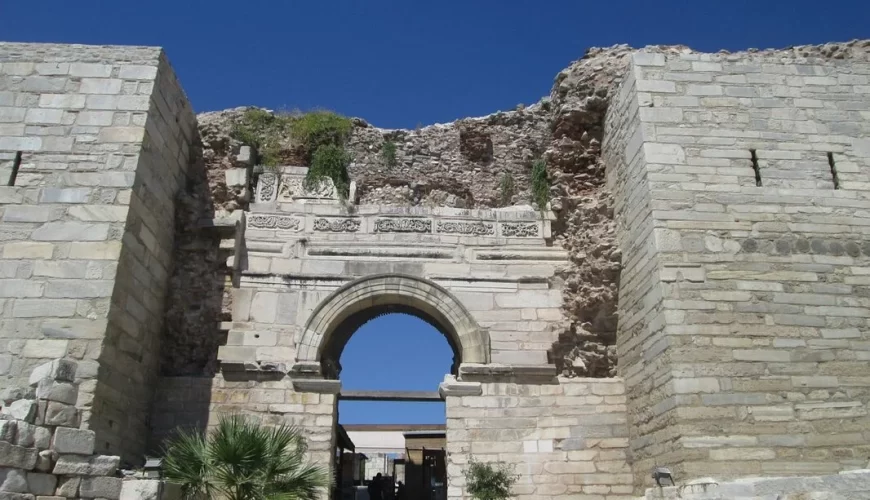
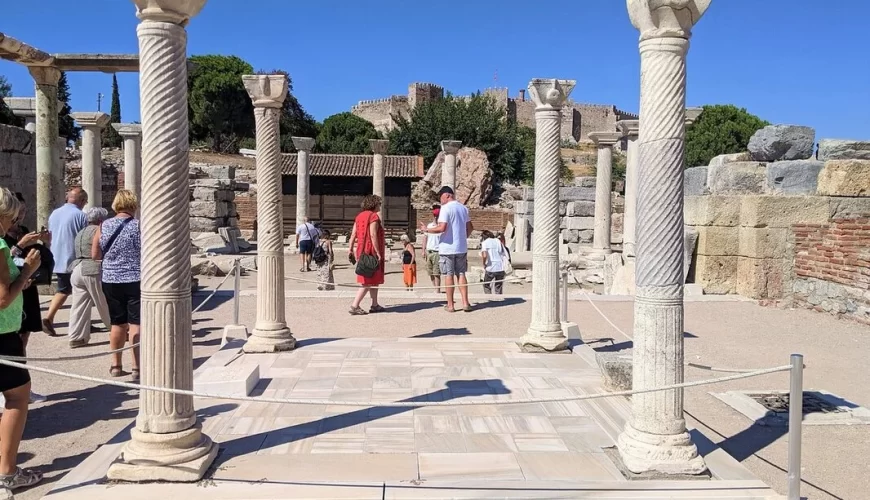
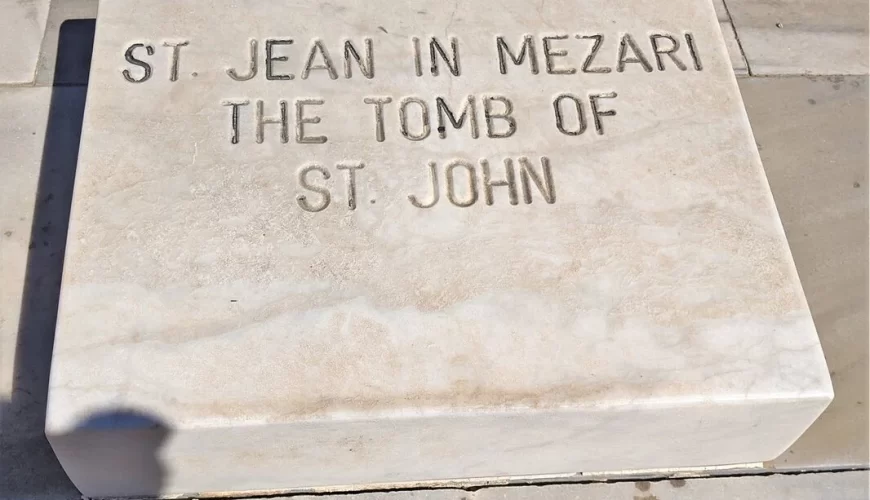
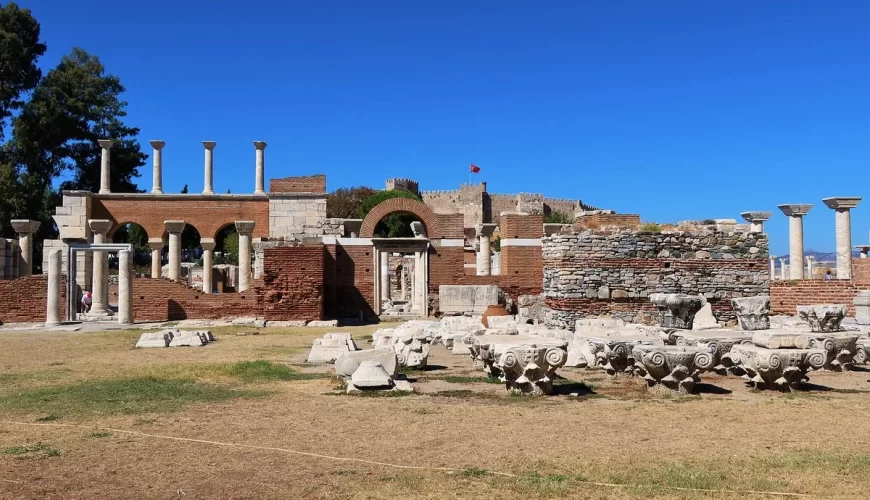
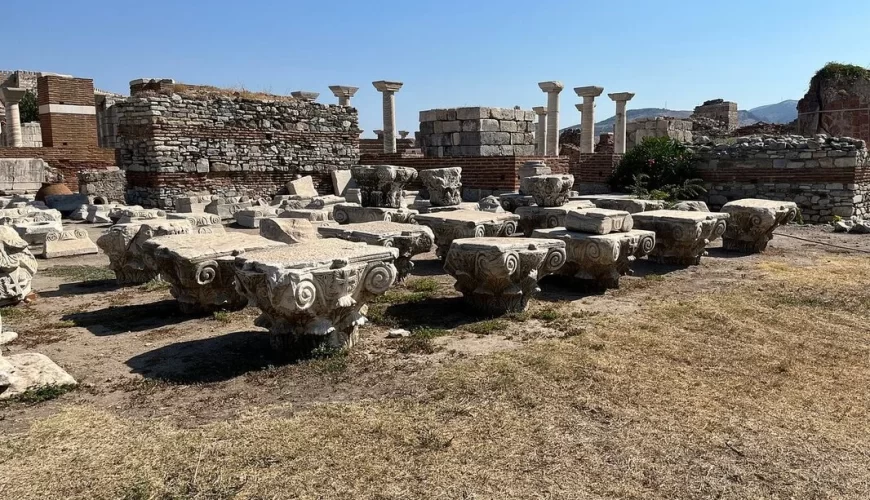
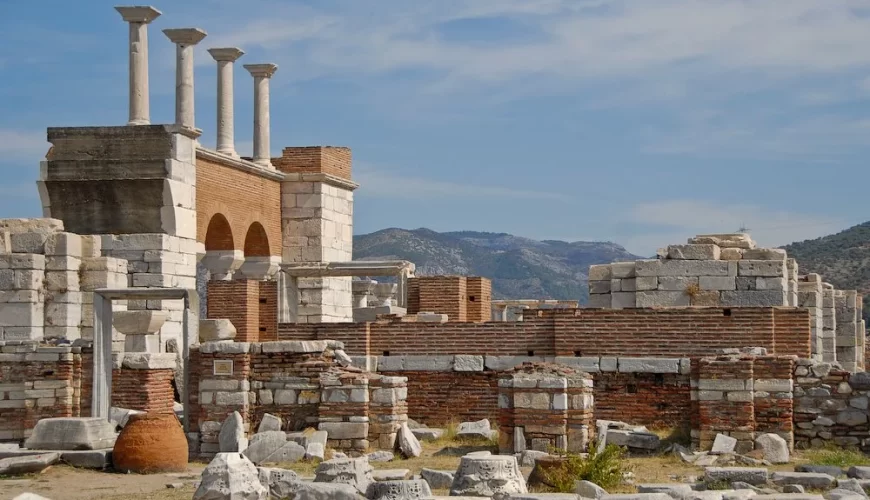
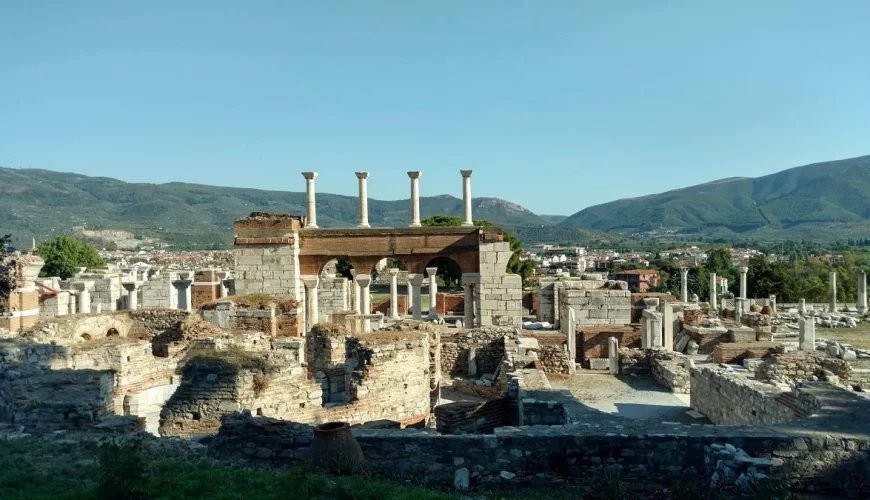
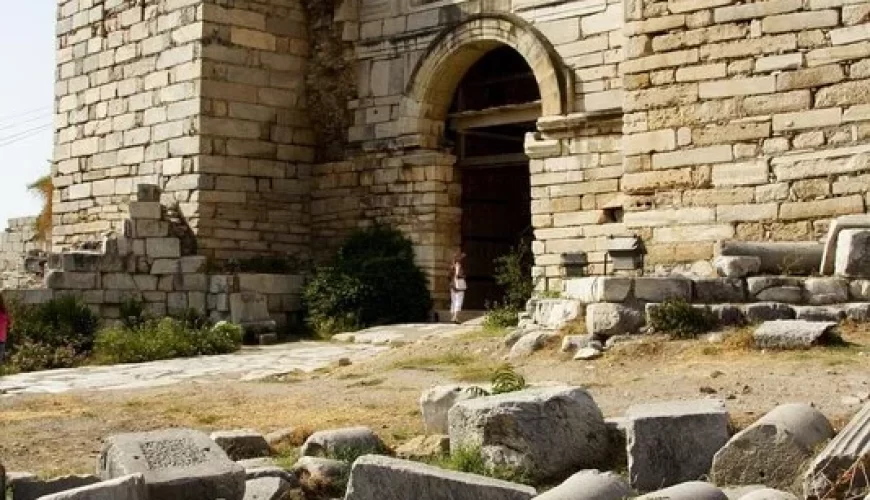

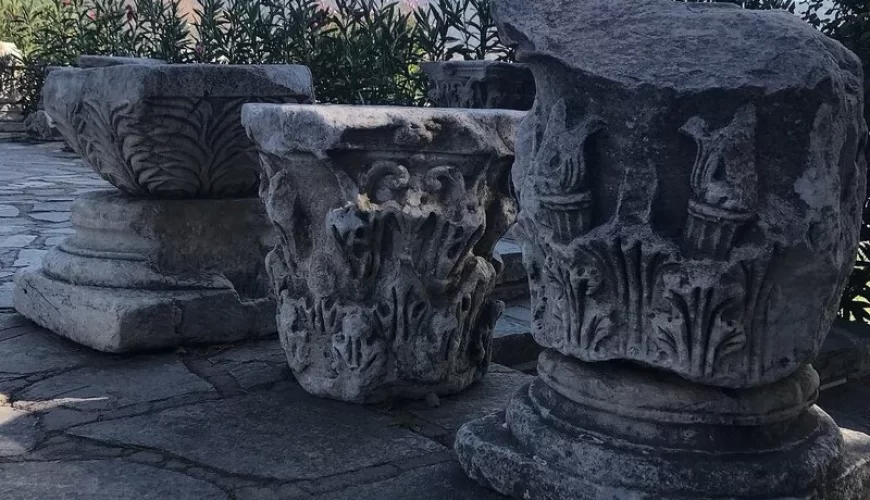
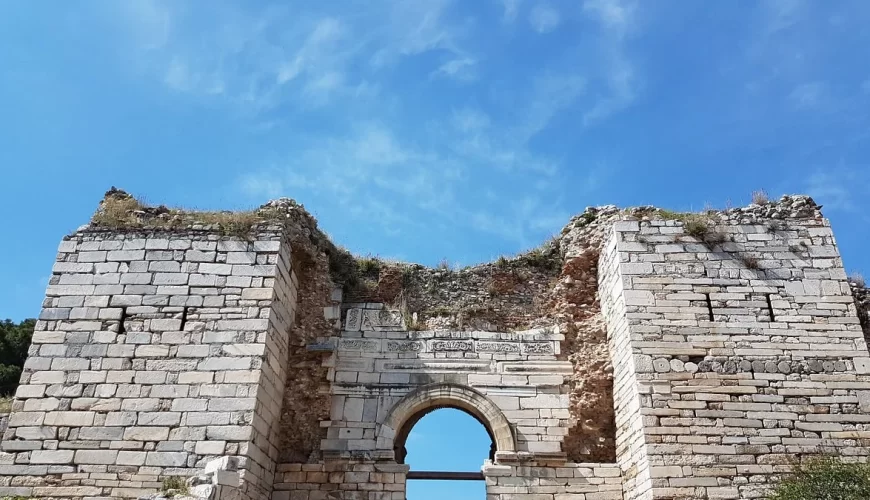
Comment (0)